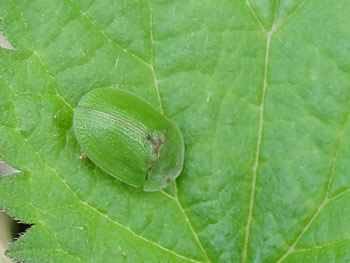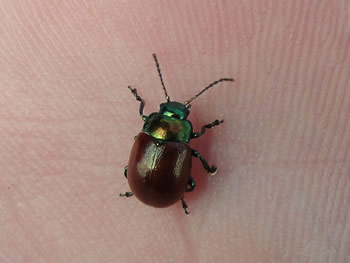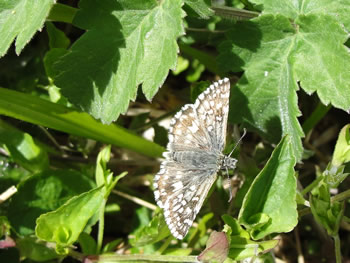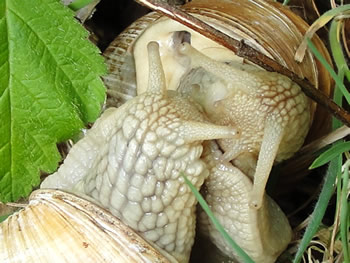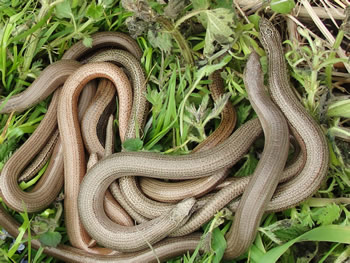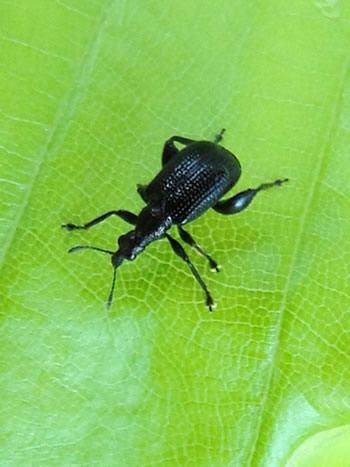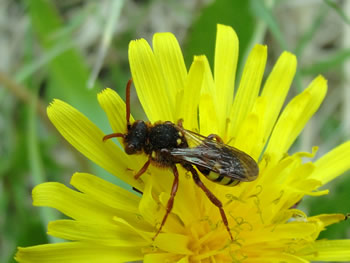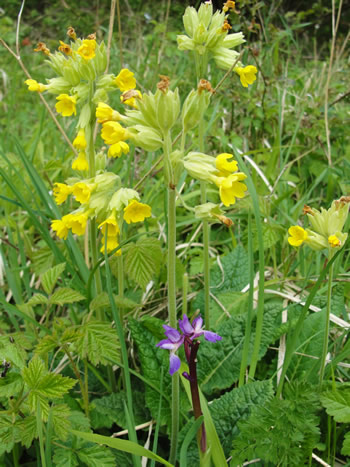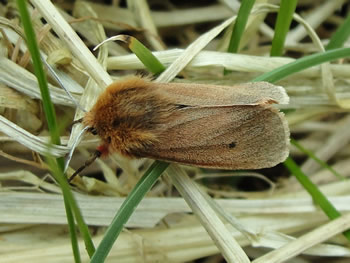May and June are the best times to observe insects. A warm day after rain is best as the insects are dormant during wet or cool weather and eager to get going when the sun returns; so there can be a real buzz ,around ideal habitats during these times. The animal species within this post were just a few of the many species to be found at the National nature Reserve, Martin down. (North Dorset, Hampshire border). The tortoise beetle tribe have several similar looking species adapted to live on the leaves of herbaceous plants. As adults they are very camouflaged as they sit on the greenery, as larvae they eat various plants and often cover themselves in their own excreta or shed skins. Here a Cassida rubignosa sits in the sun.
Many species of leaf beetles are very attractive with their shiny colourful appearance. below is the poplar leaf beetle (chrysomela populi)an uncommon beetle that feeds on poplar and willows.
It was feared that British butterflies would have a very bad season this year as last year was devastating for several species regarding the bad weather , yet this early summer time an influx of a variety of species has appeared to be rather more healthy than expected. There has been many small tortoise shells oddly when last year hardly any were seen by people.This summer they are in abundance along with several species of spring emerging species such as Brimstone(gonepterix rhamni)the grizzled skipper (Pyrgus malvae)(Below) . This species likes open barren ground with low growing shrubs and rocks.
This time of year is also best to search for the rare Roman or edible snail,(Helix pomatia) none native to Britain it was brought here by the Romans for cullinary purpouses and where they were settled the snails also did and still live on in some places.This is the largest species of land snail in Europe.They can be found pairing or in groups.They then make small depressions in open ground and lay several hundred eggs. Most mollusks are hermaphrodites; this is an amazing and successful way to procreate.
The legless lizards, slow worms( angus fragilis)can be found together under refugia such as a sheet of corrugated iron. There were ten under such a sheet here , a mix of females and males showing a good range of colours and markings.
Beetles are the most numerous of insect groups, with weevils being one of the largest of families. Leaf rolling weevils are busy mating and rolling leaves for their young to eat. below is the hazel, leaf roller
(Deporus sp) . There are several similar species within the Uk and they usually use either birch or hazel.
Also many species of solitary bees and wasps are busy. Below is the Goodans nomad (Nomada fucata) a common bee, it can be seen at its burrow in clay cliffs or on flowers.
Typical early summer flowers of cowslips(primula veris) and an early purple orchid(Orchis maculata). They often grow together on suitable ground.
The Tiger moth group comprises of many pretty, hairy moths including this very large and pale ruby tiger(Phragmatobia fuliginosa) The larvae eat a variety of low growing annual plants.

